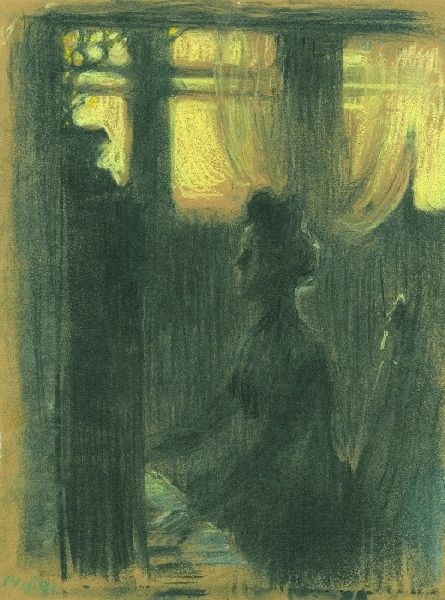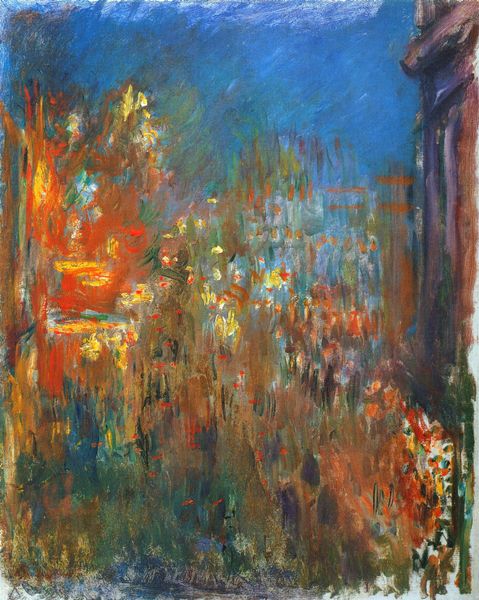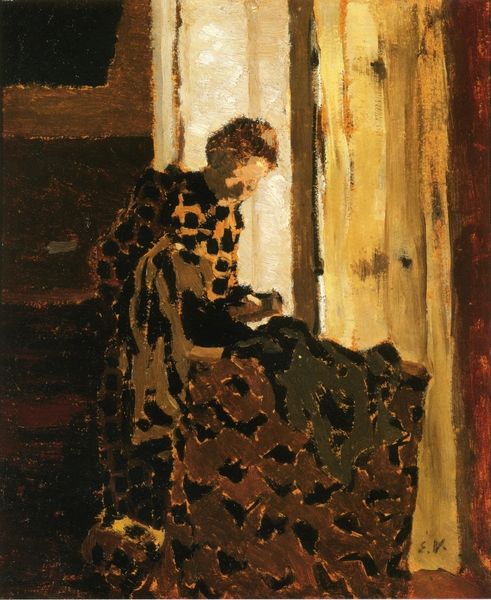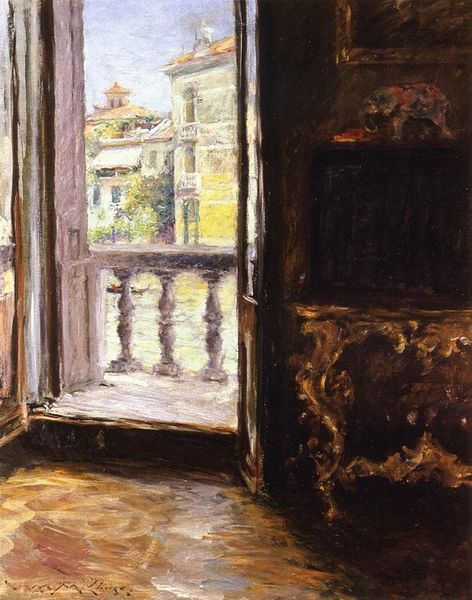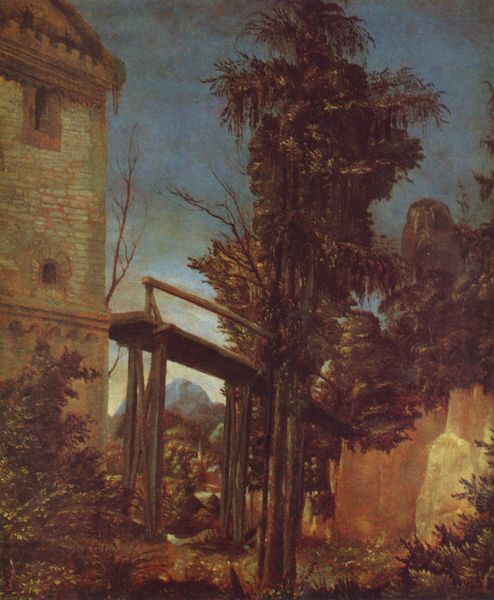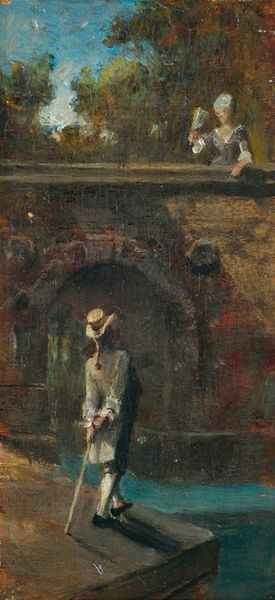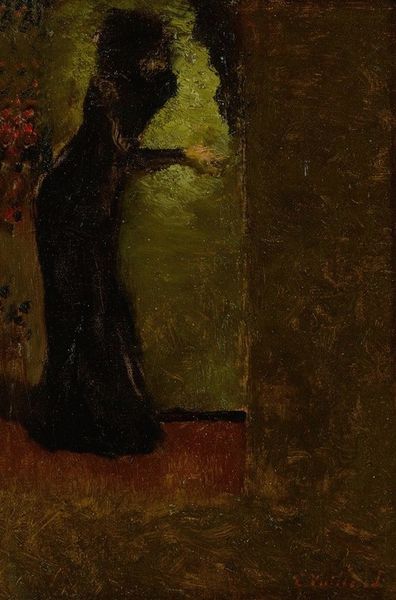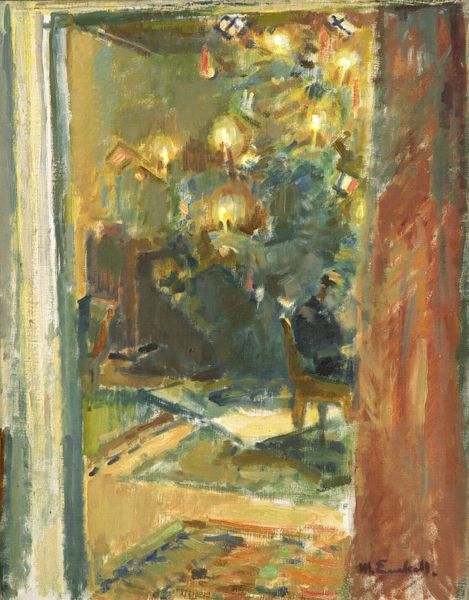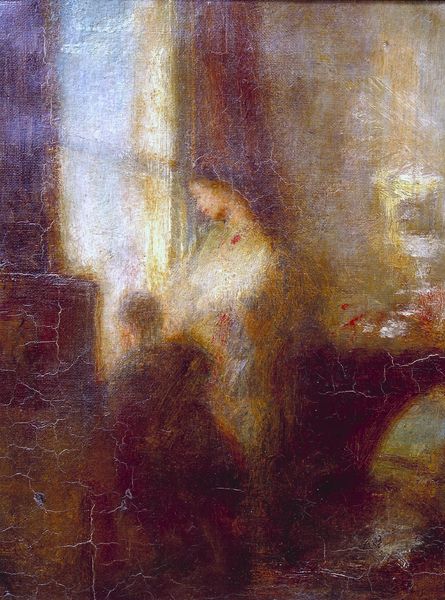
Dimensions: support: 508 x 406 mm frame: 765 x 665 x 75 mm
Copyright: CC-BY-NC-ND 4.0 DEED, Photo: Tate
Curator: Walter Sickert's "Girl at a Window, Little Rachel" shows us a solitary figure. What do you make of it? Editor: It feels melancholic. She's looking out, but the bars on the window suggest confinement, maybe even oppression. Curator: Sickert often explored themes of urban isolation. The girl's position, with her back turned, only adds to the sense of mystery. Editor: Exactly. And consider the gaze, the politics of looking, who is allowed to look, and from what position of power. It speaks to broader social constraints. Curator: I agree. There is something unsettling about the intimacy of the scene, juxtaposed with the girl's averted gaze. Editor: It’s a powerful reminder of how art can reflect societal structures and individual experiences, even in a seemingly simple image. Curator: It gives you pause, doesn't it? Editor: Absolutely. It's art that stays with you.
Comments
tate 6 months ago
⋮
http://www.tate.org.uk/art/artworks/sickert-girl-at-a-window-little-rachel-t06447
Join the conversation
Join millions of artists and users on Artera today and experience the ultimate creative platform.
tate 6 months ago
⋮
This is one of six paintings and numerous drawings of Sickert’s frame-maker’s 13-year-old daughter, known affectionately as ‘Little Rachel’. Sickert described the series as a ‘set of studies of Illumination’. The scene outside the window is Mornington Crescent Gardens, Camden. The girl’s gaze is turned away from both the artist and the view. The closed window may suggest the future that was expected of her at the time, a future inside the home, as a wife and mother. Gallery label, October 2020
